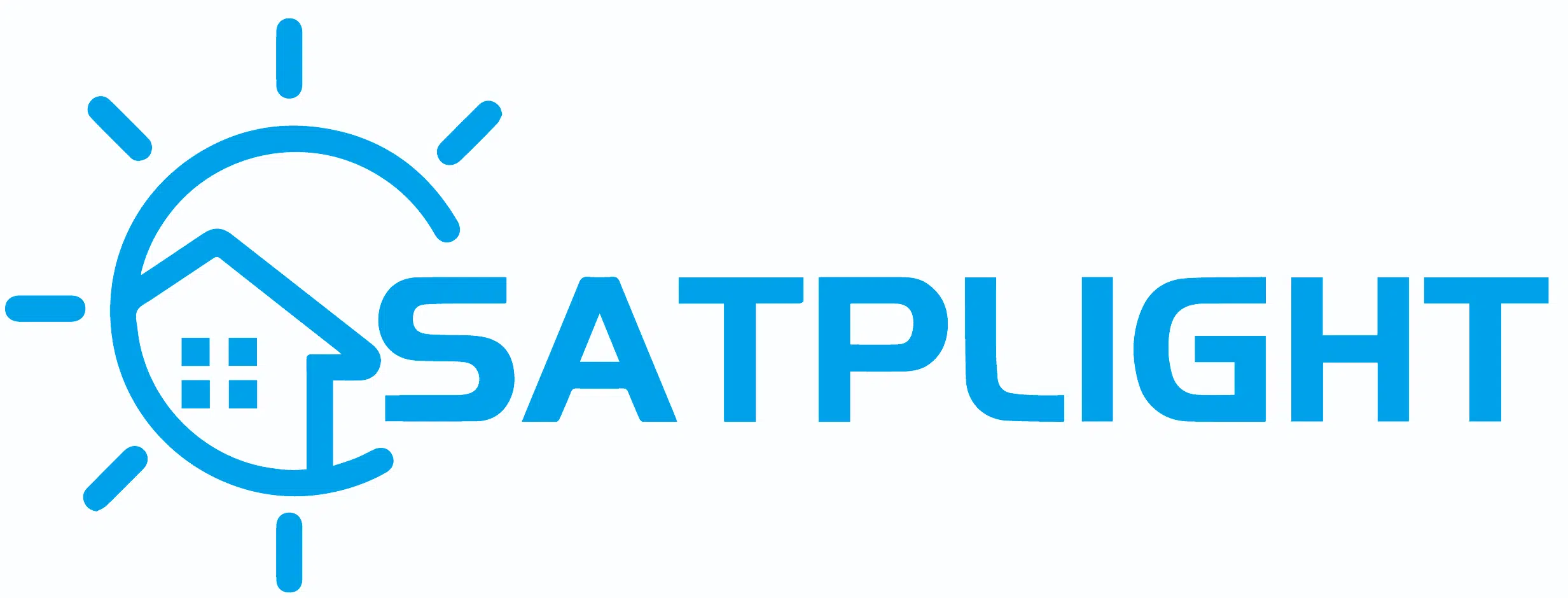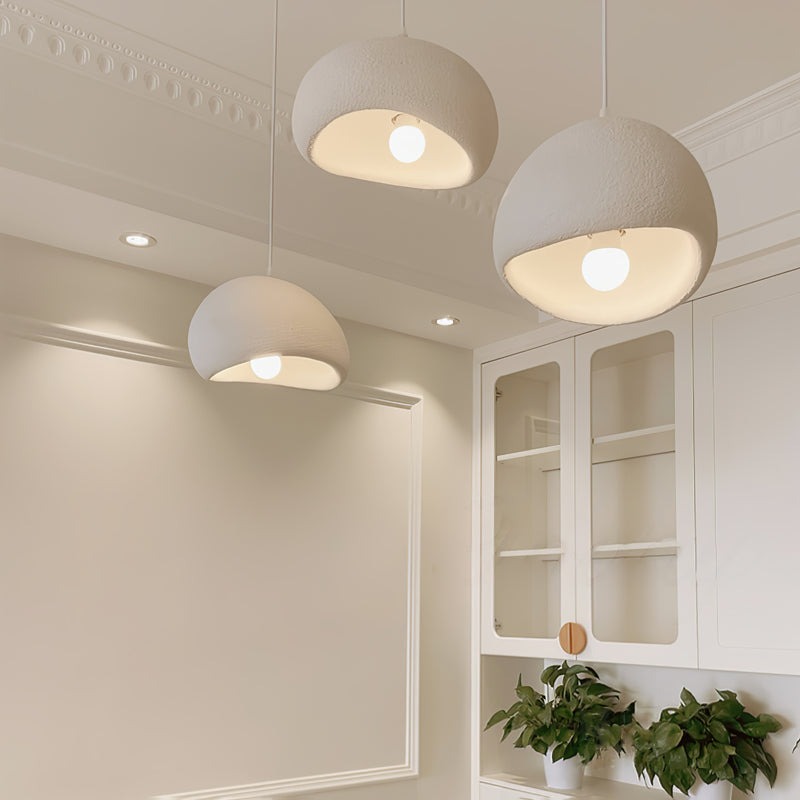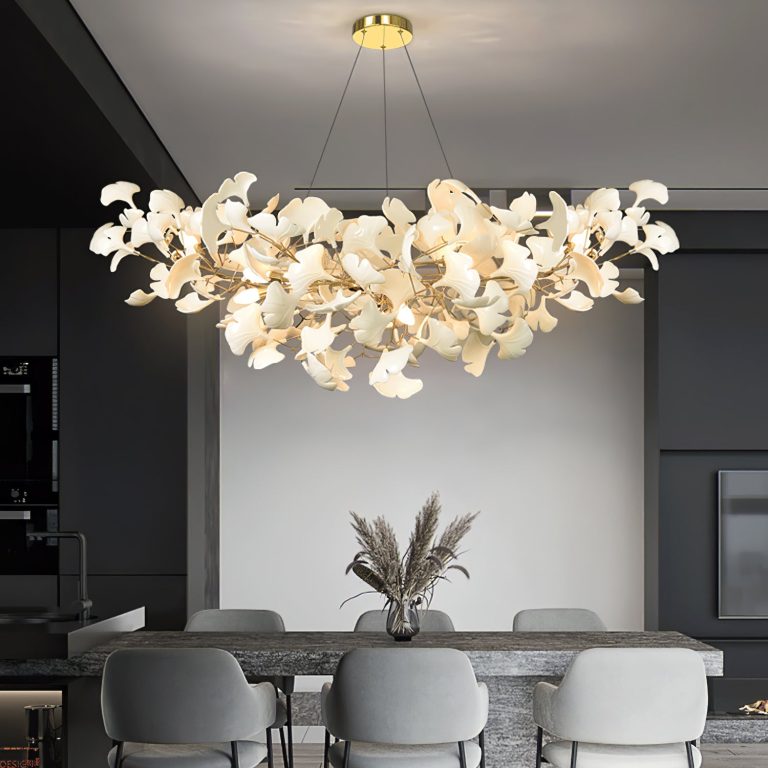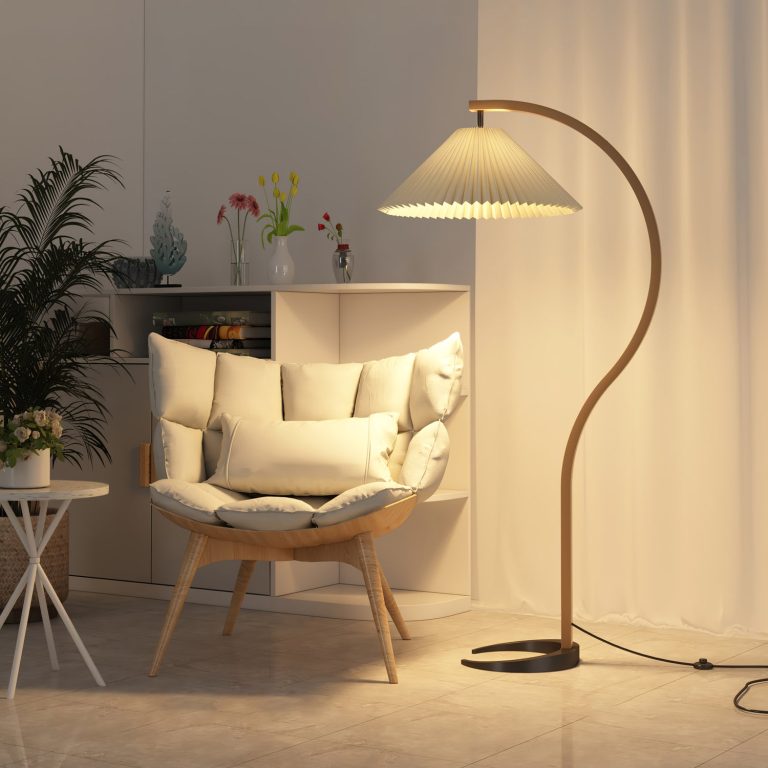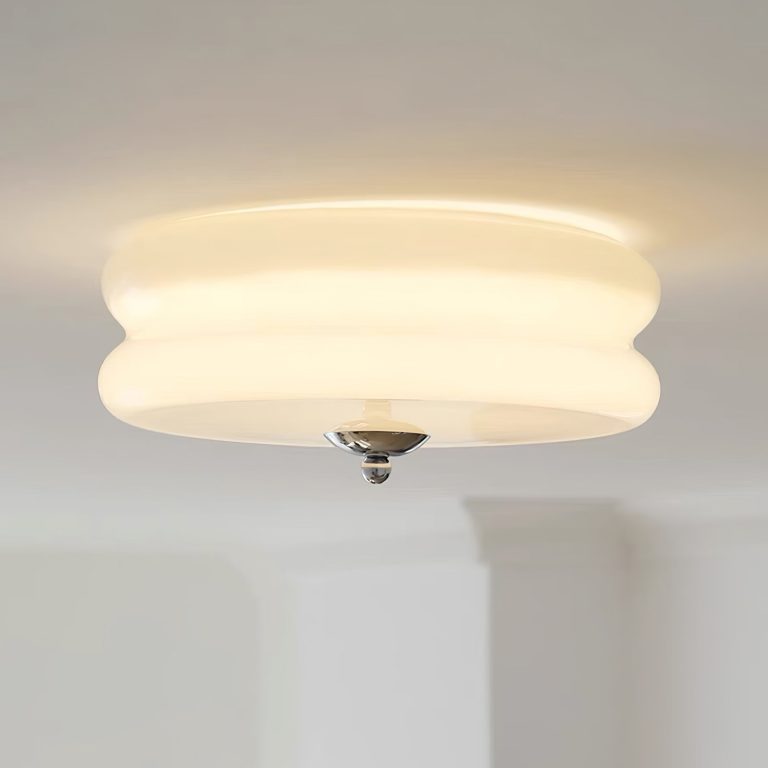When it comes to dimming solutions in the American lighting market, two popular options are 0-10V dimming and TRIAC (Triode for Alternating Current) dimming. Both methods are widely used, but they offer different benefits and are suited for different applications. This blog will compare these two dimming solutions, using Lutron as a reference brand.
0-10V Dimming
How It Works: 0-10V dimming is an analog control method where the light intensity is adjusted by varying the voltage between 0 and 10 volts. At 0V, the light is at its minimum (often off), and at 10V, it is at its maximum brightness.
Advantages:
- Smooth Dimming: Provides very smooth dimming, which is ideal for applications requiring precise light control.
- Compatibility: Works well with a wide range of lighting fixtures, including LED, fluorescent, and some HID lamps.
- Professional Use: Commonly used in commercial settings, such as office buildings and retail spaces, due to its reliability and control precision.
Disadvantages:
- Wiring Complexity: Requires separate control wiring, which can add complexity and cost to the installation.
- Cost: Generally more expensive due to the additional components and wiring requirements.
TRIAC Dimming
How It Works: TRIAC dimming, also known as phase-cut dimming, controls the light by cutting part of the AC waveform. This method uses a TRIAC device to regulate the power supplied to the light fixture.

Advantages:
- Simplicity: Uses existing electrical wiring, making it simpler and cheaper to install.
- Cost-Effective: Often more affordable than 0-10V dimming solutions.
- Widely Available: Commonly found in residential applications and is compatible with many incandescent and LED bulbs.
Disadvantages:
- Compatibility Issues: Not all LED drivers are compatible with TRIAC dimmers, leading to potential flickering or buzzing.
- Less Smooth Dimming: May not provide as smooth a dimming experience as 0-10V, particularly at very low light levels.
Lutron’s Offerings
Lutron, a leading brand in lighting control systems, provides solutions for both 0-10V and TRIAC dimming. Here’s a look at what they offer:
Lutron 0-10V Dimming Solutions:
- EcoSystem: Lutron’s EcoSystem enables easy integration and precise control, ideal for large commercial projects.
- Diva: This model provides smooth dimming for fluorescent and LED lighting, offering a stylish design and easy operation.
Lutron TRIAC Dimming Solutions:
- Maestro: The Maestro series offers a simple and effective solution for residential and small commercial settings, providing reliable performance and straightforward installation.
- Caséta: Lutron’s Caséta Wireless system is compatible with TRIAC dimming, offering easy setup and control through wireless technology.

Choosing the Right Solution
The choice between 0-10V and TRIAC dimming depends on your specific needs and the application. For commercial settings requiring precise and smooth dimming, 0-10V may be the better option despite the higher installation cost. For residential settings or projects with existing wiring where cost and simplicity are key, TRIAC dimming is likely the preferable choice.
Both 0-10V and TRIAC dimming solutions have their strengths and can be effectively used in the right contexts. By understanding the differences and advantages of each, you can make an informed decision that best suits your lighting needs.
